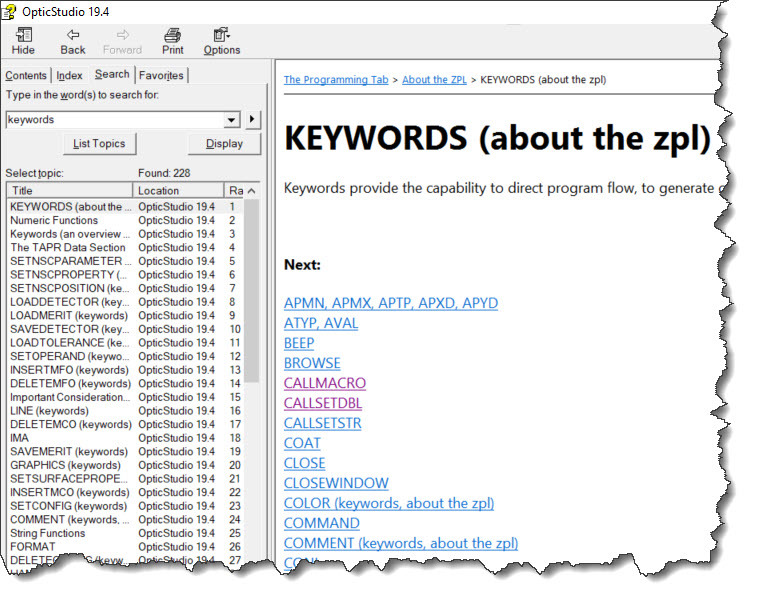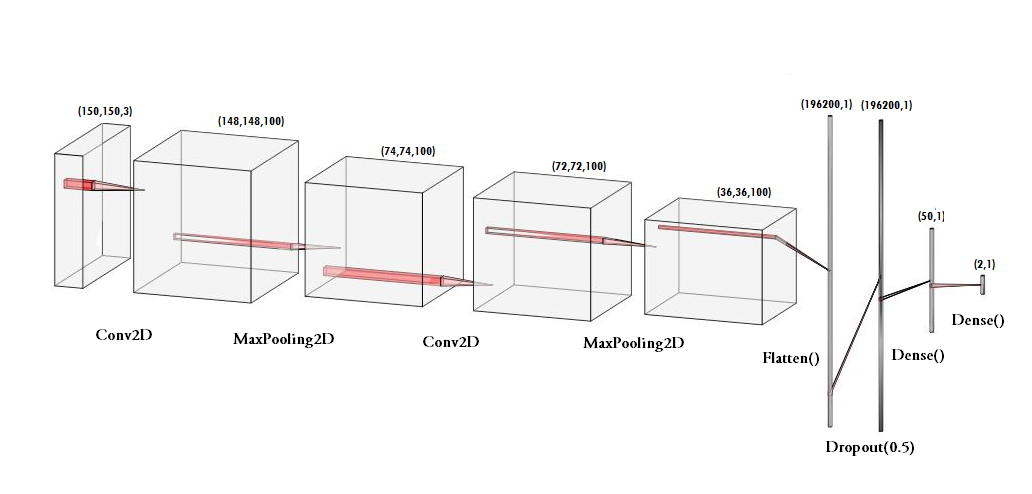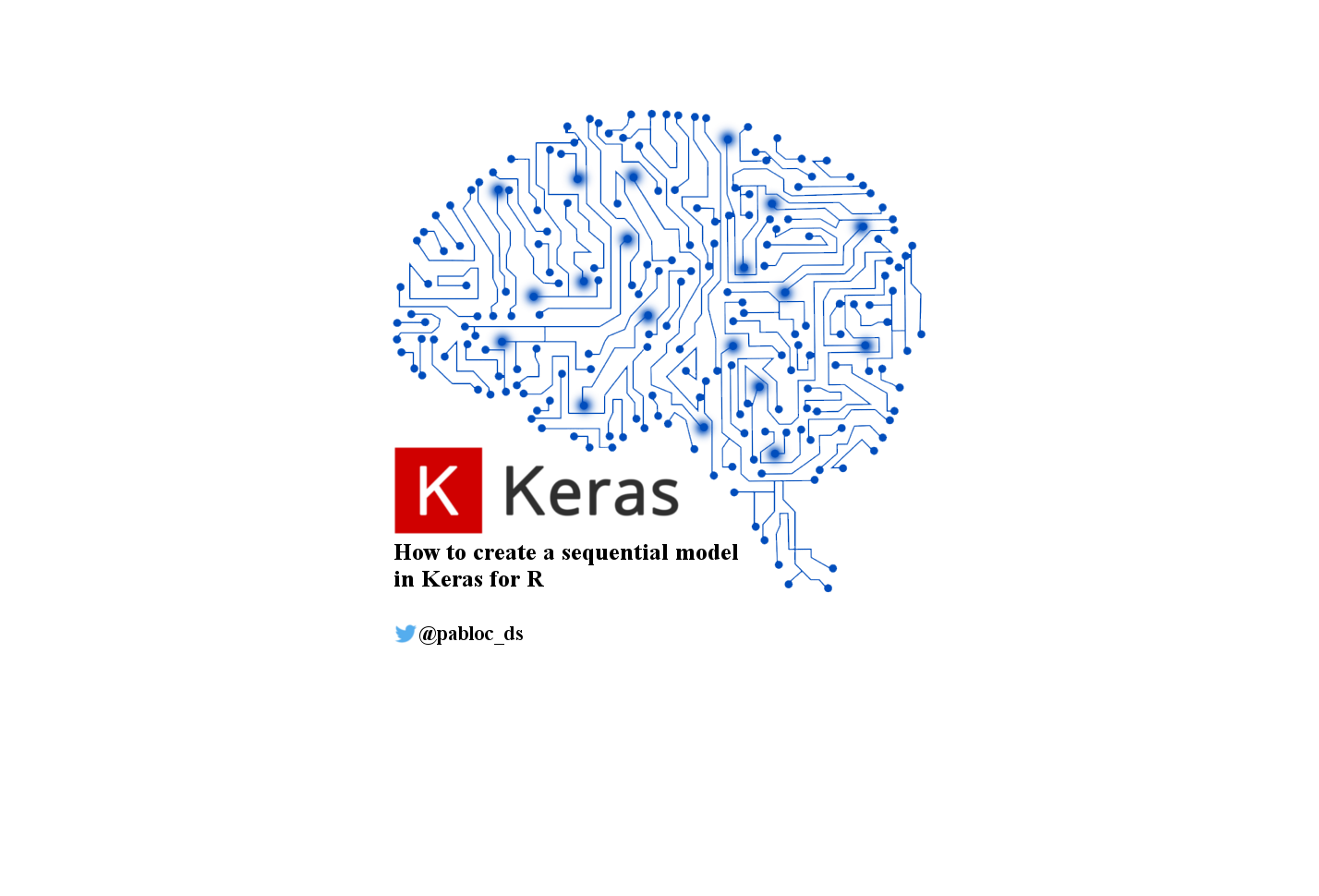
SEQUENTIAL MODEL SERIES
Time series data can also be forecasted using RNNs. Because RNNs have internal memory, they are especially useful for machine learning applications that need sequential input. In Natural Language Processing, RNNs are frequently used (NLP). RNN stands for Recurrent Neural Network and is a Deep Learning and Artificial Neural Network design that is suited for sequential data processing. Different Sequential Model RNN and its Variants Based Models To deal with such data there are some sequential models available and you might have heard some of those. In order to efficiently model with this data or to get as much information, it contains a traditional machine algorithm that will not help as much.

Text mining and sentiment analysis are two examples of natural language processing (e.g., Learning word vectors for sentiment analysis).Time Series: a challenge of predicting time series, such as stock market projections.

Below are a few basic examples of sequential data.īelow I have listed some popular machine learning applications that are based on sequential data, In other words sequential we can term video data, audio data, and images up to some extent as sequential data. Sequences, DNA sequences, and meteorological data are examples of sequential data. A Timeseries is a common example of this, with each point reflecting an observation at a certain point in time, such as a stock price or sensor data.

When the points in the dataset are dependent on the other points in the dataset, the data is termed sequential. Businesses may achieve more than just pattern production and prediction by employing sequence modelling. The production may be a forecast of demand for future times.Īnother example is text prediction, in which the sequence modelling algorithm predicts the next word based on the sequence of the previous phrase and a set of pre-loaded conditions and rules. These input values could be time-series data, which shows how a certain variable, such as demand for a given product, changes over time. Simply described, sequence modelling is the process of producing a sequence of values from a set of input values. For speech recognition, voice recognition, time series prediction, and natural language processing, sequence models are particularly popular. The crucial element to remember about sequence models is that the data we’re working with are no longer independently and identically distributed (i.i.d.) samples, and the data are reliant on one another due to their sequential order. These models are better suited to handle sequential data, whereas Convolutional Neural Networks are better suited to treat spatial data. The analysis of sequential data such as text sentences, time-series, and other discrete sequence data prompted the development of Sequence Models. Recurrent Neural Networks (RNNs) are a well-known method in sequence models.

Text streams, audio clips, video clips, time-series data, and other types of sequential data are examples of sequential data. Machine learning models that input or output data sequences are known as sequence models.


 0 kommentar(er)
0 kommentar(er)
